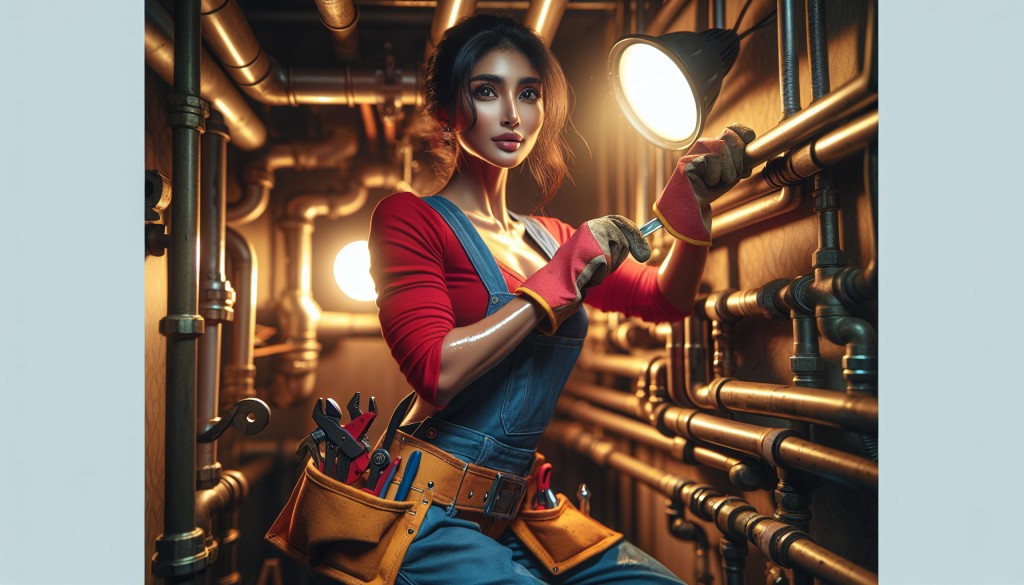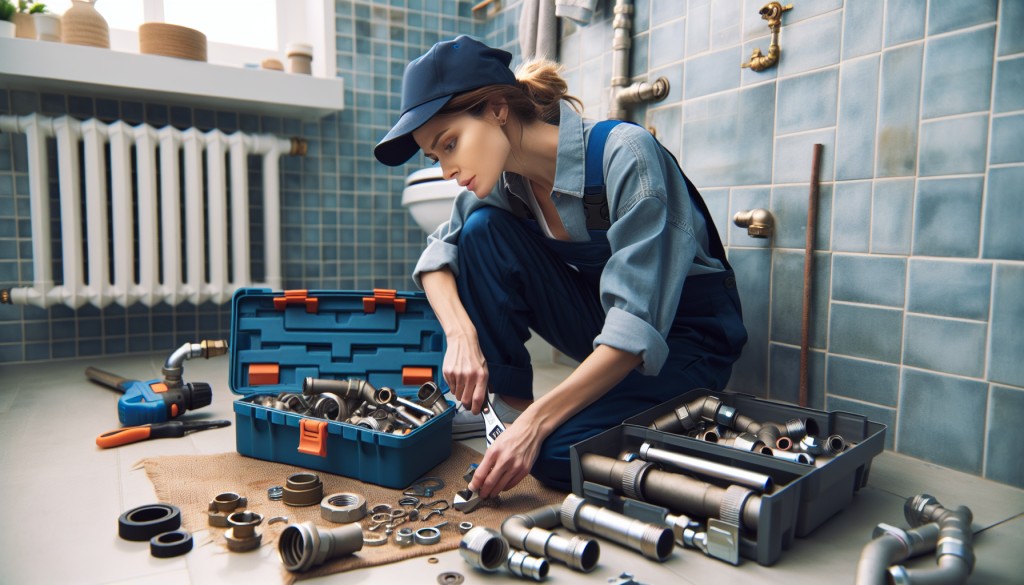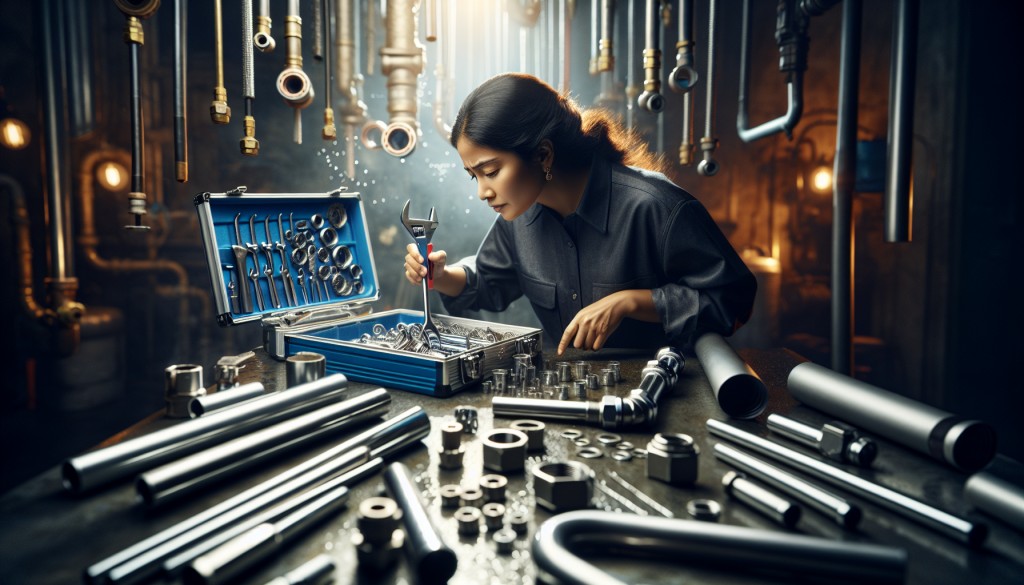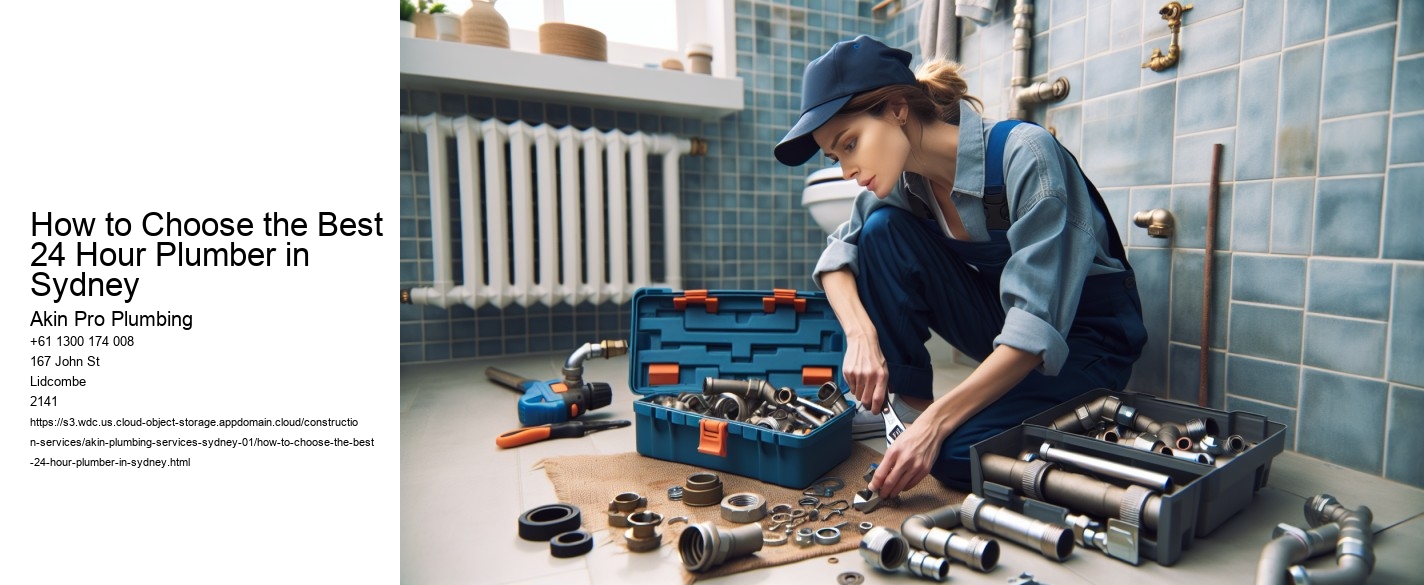Evaluate the Plumber's Experience and Expertise
When it comes to choosing the best 24-hour plumber in Sydney, one of the most critical factors to consider is the plumbers experience and expertise. Get Your Plumbing Fixed Now: 24 Hour Service in Sydney . In a bustling city like Sydney, where plumbing issues can arise at any moment, having a reliable and skilled plumber on hand is essential. Evaluating a plumbers experience and expertise can make the difference between a quick, efficient fix and a prolonged, costly ordeal.
Firstly, experience is a cornerstone of a plumbers ability to handle a wide range of plumbing issues. An experienced plumber will have encountered numerous problems over the years, from simple leaks to complex sewer line issues. This wealth of experience equips them with the knowledge to diagnose problems quickly and accurately. In emergency situations, time is of the essence, and an experienced plumber will be able to identify the root cause of the problem and implement an effective solution swiftly.
Moreover, a plumbers expertise is often reflected in their professional qualifications and training. In Australia, plumbers are required to be licensed, which ensures they have undergone the necessary training and meet industry standards. However, beyond basic licensing, additional certifications and specialized training can be indicators of a plumbers commitment to their craft. For instance, a plumber who has pursued further education in gas fitting or advanced water systems demonstrates a broader skill set that can be invaluable in addressing diverse plumbing issues.
Another aspect of evaluating a plumbers experience and expertise is considering their reputation and customer reviews. A plumber with a solid track record and positive feedback from previous clients is likely to provide quality service. Online reviews and testimonials can offer insights into a plumbers reliability, professionalism, and the quality of their workmanship. A good reputation is often built over years of consistent, high-quality service, and it can be a reliable indicator of a plumbers expertise.
Furthermore, an expert plumber will possess excellent problem-solving skills and a proactive approach to preventing future issues. They will not only fix the immediate problem but also provide guidance on how to maintain your plumbing system and avoid similar problems in the future. This level of service demonstrates a depth of understanding and a commitment to customer satisfaction that goes beyond the basics.

In conclusion, when selecting the best 24-hour plumber in Sydney, evaluating their experience and expertise is crucial. An experienced and knowledgeable plumber will not only solve your immediate plumbing issues but also provide peace of mind through their skillful and reliable service. By considering factors such as experience, qualifications, reputation, and customer feedback, you can ensure that you choose a plumber who will meet your needs effectively and efficiently.
Check for Licensing and Insurance
When faced with a plumbing emergency, the urgency of finding a reliable 24-hour plumber in Sydney cannot be overstated. Plumbing issues often arise at the most inconvenient times, and having a skilled professional on hand is essential. However, in the rush to resolve the problem, it is crucial not to overlook key factors that ensure you hire the best service. One of the most important considerations is checking for licensing and insurance.
First and foremost, licensing is a fundamental criterion that distinguishes professional plumbers from unqualified individuals. In Sydney, as in many other places, plumbers are required to be licensed, which means they have met specific educational and professional standards. Licensed plumbers have undergone rigorous training and have passed assessments that guarantee their ability to handle various plumbing tasks competently. By choosing a licensed plumber, you can be confident that they possess the necessary knowledge and skills to tackle your plumbing emergency efficiently and safely.
Moreover, checking for a plumbers insurance is equally important. Insurance serves as a protective measure, both for the plumber and for you as the homeowner. A reputable 24-hour plumber should carry liability insurance and workers compensation coverage. Liability insurance protects you from financial responsibility in case the plumber causes accidental damage to your property during repairs. Workers compensation, on the other hand, safeguards you from potential lawsuits if a worker is injured while on your premises.

Hiring a plumber without verifying their insurance status could lead to significant financial and legal repercussions. For instance, if an uninsured plumber damages your property, you might have to bear the repair costs yourself. Similarly, without workers compensation, you could be held liable for any injuries sustained by the plumber while working in your home. Therefore, always ask for proof of insurance before hiring a plumber, regardless of how pressing the plumbing issue might be.
In conclusion, while it may be tempting to hire the first available plumber during a plumbing crisis, taking the time to check for licensing and insurance is a critical step in choosing the best 24-hour plumber in Sydney. These credentials provide assurance that you are entrusting the job to a qualified professional who is equipped to perform the work properly while protecting you from potential liabilities. By prioritizing these factors, you can ensure peace of mind and quality service, even in the most urgent situations.
Compare Pricing and Get Detailed Quotes
When faced with a plumbing emergency in the middle of the night, finding a reliable 24-hour plumber in Sydney becomes crucial. The need for immediate assistance often leads to hasty decisions, yet taking the time to compare pricing and obtain detailed quotes can save both stress and money. Here are some insights into how you can choose the best 24-hour plumber in Sydney.

First and foremost, it's important to understand that not all plumbing services are created equal.
How to Choose the Best 24 Hour Plumber in Sydney - Sink
- Sink
- Plumber wrench
- Sink
- Plumber wrench
- Sink
- Plumber wrench
- Sink
Once you have compiled a list, the next step is to gather detailed quotes. Many reputable plumbing services provide free quotes, which can offer a clearer picture of what you might expect to pay. When obtaining quotes, ensure you ask for a breakdown of costs. This should include call-out fees, labor charges, and the cost of materials. A transparent quote helps you avoid hidden charges and gives you a better basis for comparison.
In addition to comparing prices, consider the reputation and reliability of the plumbers on your list. Online reviews and customer testimonials can be invaluable resources in this regard. Look for feedback on their punctuality, quality of work, and customer service. A plumber's reputation can often be as important as the price, especially in urgent situations where you need assurance that the job will be done right the first time.
It's also vital to confirm that the plumber is licensed and insured. This not only ensures that they are qualified to handle the job but also protects you from liability in case of accidents or damages. Be wary of any service that hesitates to provide this information, as transparency is a hallmark of professionalism.
Finally, consider the plumber's availability and response time. A 24-hour service should mean exactly that-they are ready to assist you at any time. Inquire about their average response time to ensure they can attend to your emergency promptly. The last thing you need during a plumbing crisis is to be left waiting for hours.
In conclusion, choosing the best 24-hour plumber in Sydney requires a balance of cost, reliability, and professionalism. By taking the time to compare pricing and get detailed quotes, you not only secure a fair price but also peace of mind knowing you have chosen a plumber who can effectively and efficiently resolve your emergency. By following these steps, you can ensure that when a plumbing issue arises, you have a reliable expert you can trust at any hour.
Read Customer Reviews and Testimonials
When faced with a plumbing emergency in the middle of the night, the need for a reliable 24-hour plumber in Sydney becomes urgent. Choosing the right plumber can make the difference between a minor inconvenience and a major disaster. One invaluable resource in making this decision is reading customer reviews and testimonials. These firsthand accounts provide insights into the quality of service, reliability, and professionalism of potential plumbers.
Pipe
Customer reviews are a window into the experiences of others and can be particularly enlightening when choosing a service provider. They often highlight the strengths and weaknesses of a plumbers service, offering a balanced view that goes beyond the polished claims found on company websites. Reviews can reveal how quickly a plumber responds to emergencies, the quality of their workmanship, and their level of professionalism.
How to Choose the Best 24 Hour Plumber in Sydney - Pipe
- Plumber wrench
- Plumber wrench
- Plumber wrench
- Plumber wrench
- Plumber wrench
- Plumber wrench
Reading testimonials also helps gauge the customer service aspect of a plumbing company. A plumbers technical skills are vital, but so is their ability to communicate clearly and politely with customers. Testimonials often touch upon how well plumbers communicate, whether they explain the problem and solution thoroughly, and how they handle customer concerns. A plumber who is courteous and patient can make the stress of a plumbing emergency more manageable.
Additionally, reviews can provide insight into the pricing practices of a 24-hour plumber. Emergency plumbing services can be costly, and while price shouldnt be the only factor in your decision, transparency and fairness are important. Reviews that mention unexpected charges or lack of transparency can be red flags. Conversely, testimonials that praise a plumber for providing clear and upfront pricing can be reassuring.
Its also beneficial to note how a company responds to negative reviews. A professional and understanding response to criticism can indicate a companys commitment to customer satisfaction and willingness to improve. This can be a sign of a plumber who values their reputation and is serious about maintaining high standards of service.
In summary, when choosing the best 24-hour plumber in Sydney, taking the time to read customer reviews and testimonials is a crucial step. These accounts provide honest insights into the responsiveness, professionalism, communication, and pricing of potential plumbers. By relying on the experiences of others, you can make a more informed decision, ensuring that your plumbing emergency is handled promptly and professionally.










